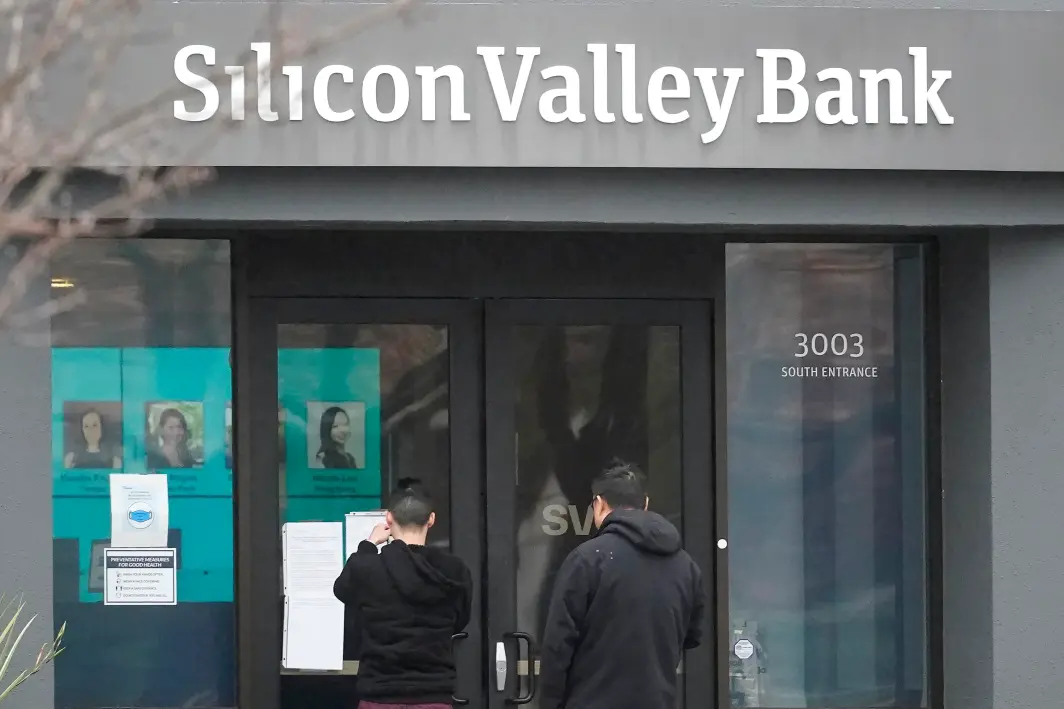The banking crisis isn’t over. The Fed is still hiking rates. Earnings look weak.
The bears are still groaning, and whatever the reasons they cite on a given day, you can be sure they are claiming that rising stocks are the product of irrational markets that are turning a blind eye to obvious risks or calamities that lie ahead.
Nonsense. Stocks see every risk that the headlines are blaring – always, and better than you, me, or these roaring bears. The S&P 500’s continued rise shows that fears over the banking crisis and other supposedly terrifying tales are false or overblown.
Think I’m kidding? Yes, it’s at odds with the common, maybe comfortable sentiment that the stock market is mired in chaos and we’re all basically flying blind. Nevertheless, the fact is that markets imperfectly, but rationally, digest millions of diverse facts coldly and emotionlessly, aggregating them into prices representing all widely known information and opinions — missing nothing.
Yes, they wiggle around wildly, briefly — and seemingly irrationally. As Ben Graham, the legendary “father” of security analysis, said in 1949, in the short-term the stock market is a voting machine. Popularity and emotion can swing it. Longer-term, he deemed it a ”weighing machine” and noted that it weighs all factors remarkably well.
Individual investors tend to struggle with that, whether from personal bias, ego or what I call the “Pessimism of Disbelief,” which I detailed in my March 5 column.
Consider recent bank busts that have sparked global contagion and banking collapse fears. In my March 15 column, I explained how Silicon Valley Bank’s fall stemmed from its uniquely concentrated venture capital oriented deposit base, making a bank run easy but contagion unlikely.
If you didn’t believe me, believe this: Through April 28 the S&P 500 is fully 6% higher than before SVB’s woes erupted — rivaling the high year to date. US financial stocks fell further then — but even they staunched their downside over the last month.
Contagion? Where? It’s true that regional Federal Reserve Bank emergency borrowing expectedly jumped in San Francisco and New York — SVB’s and Signature’s respective homes. But it didn’t jump anywhere else.
Was Credit Suisse contagion? Decades of lousy management killed it – 92% off its post-financial-crisis high before SVB blew up. Zero surprise. Teetering, it collapsed from mere fear of spreading problems. Markets fathomed this. Headlines and individuals couldn’t.
It’s not new, of course, to see pundits dismiss early bull markets as irrational. Recall 2009-2010 when a Wall Street versus Main Street “split” became conventional wisdom. Wrong.
Or 2020? Amid depression forecasts and COVID-based “it’s different this time” talk, most deemed surging stocks “disconnected” from reality. But stocks were right. Why? That bear market’s cause (lockdowns) and remedy (reopening) were basic. Markets could calculate the economic damage fast, fathom past it, and correctly envision better earnings while few individuals could.
Add in 2020’s divisive election, all sides fearing craziness (which seemingly came). Stocks rolled on. Irrational? Bears growled as the S&P 500 soared 120%.
Since September, following 2022’s cub-bear market, stocks again rose past heralded fears like midterms, Fed phobia, impending recession and lasting 1970s-style inflation. Stocks foresee when supposed impending mountains are molehills. Stocks always lead economic reality; they never lag it. So follow the leader.
Still fretting over the Fed? US stocks rose 16.2% since October 12 despite four hikes totaling 175 basis points and the presumption of another 25 this week. They gained 10.3% since the Fed started big bad 75-bps hikes last June—and are just -3% off 2022’s initial hike.

